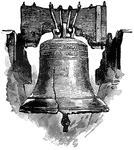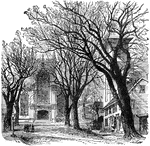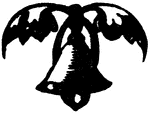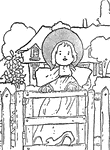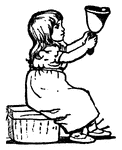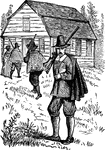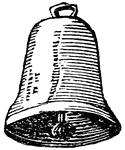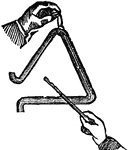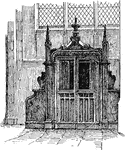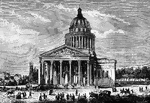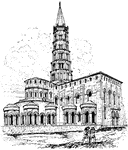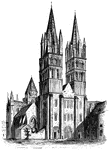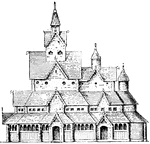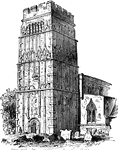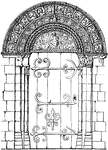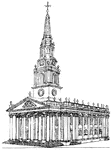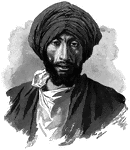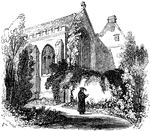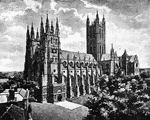
Canterbury Cathedral
"Canterbury Cathedral, which was a key place during the contest with King John. In the quarrel with…
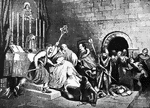
Death of Becket
"Death of Becket. During the early years of the reign Thomas A. Becket, as the king's chancellor, had…

Martin Luther
"Martin Luther was born at Eisleben in 1483. He was the son of a poor miner, had entered the Augustinian…
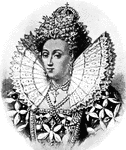
Queen Elizabeth
"Queen Elizabeth was the daughter of Henry VIII, by Anne Boleyn. Her reign is one of the most remarkable…
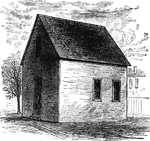
Salem Church
First Church in Salem, when in 1631, Church and State were made one, and the goverment a theocracy.
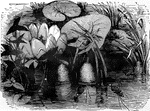
Spider, diving
"Another remarkable member of the Araneidae is the Diving Spider, Argyroneta aquatica, which…
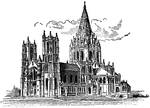
Cathedral of St. John the Divine
"A Cathedral is the principal church of a diocese, and the Cathedral city is the seat of the bishop…

Parthenon
"The Parthenon is a celebrated temple at Athens, consecrated to Athena or Minerva, the protectress of…
Pastoral Staff
"The Pastoral Staff is, in the Roman Catholic Church, the official staff of a bishop or abbot. The pastoral…
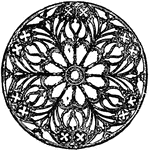
Rose Window
"A Rose Window is a circular window, divided into compartments by mullions and tracery radiating from…
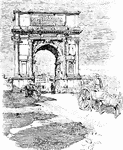
Arch of Titus
"In the time of Trajan, the Arch of titus and the Colossus of Nero (a gilt bronze statue 120 feet high),…
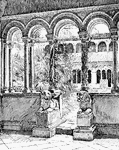
Cloister of the Lateran
"The Benedictine system enjoined three virtues as essential; solitude, humility, and obedience." —…
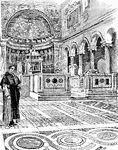
Interior of San Clemente
"San Clemente is an excellent example of the primitive church. The side enterance generally used is…
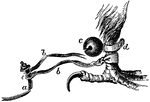
Hawk Leg
The leg and foot of a hawk, shwering the method of attaching the Bells and Jesses. a, the end of the…

Tintinna'bulum
"Tintinna'bulum, a bell. Bells were of various forms among the Greeks and Romans, as among us. various…
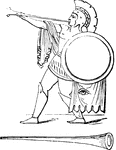
Roman trumpet
"There appears to have been no essential difference in form between Greek and Roman or Tyrrhenian trumpets.…
Clarinet
A musical wind instrument consisting of a mouthpiece containing a single beating reed, a cylindrical…

Blake transmitter
"The transmitter is a microphone adapted for the transmission of telephone messages and, in general…

Dwight Moody
An American evangelist and publisher who founded the Moody Church, Northfield School and Mount Hermon…

Narcissus
A genus of popular flowering plants, most of which are native to Europe, but many of them have been…

Samuel Smith
A clergyman and author, born in Boston, Mass., Oct. 21, 1808; died there Nov. 16, 1895. After graduating…

Yucca
A genus of plants of the lily family, having woody stems, lanceolate leaves, and a large panicle of…
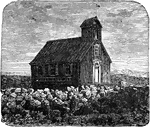
Lapland Church
A Lapland Church. Lapland is the name of the cultural region traditionally inhabited by the Sami people.
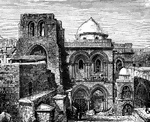
Holy Sepulchre
This illustration shows the Church of the Holy Sepulchre. This is a Christian church now within the…
